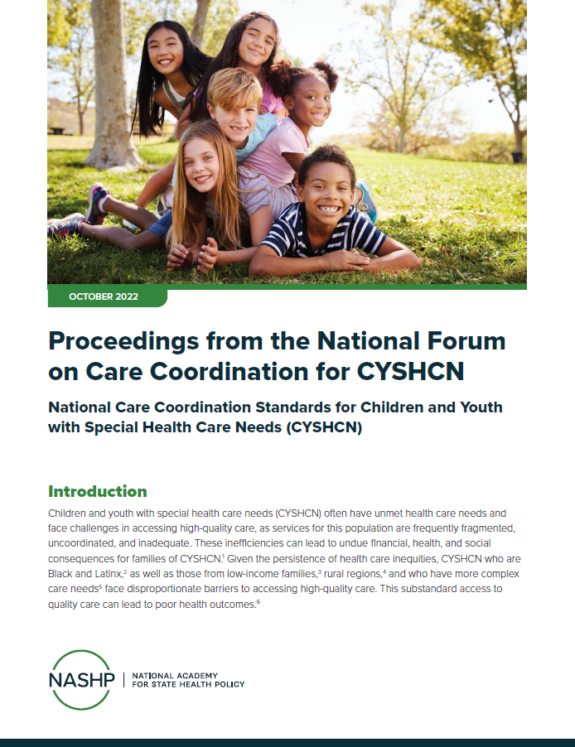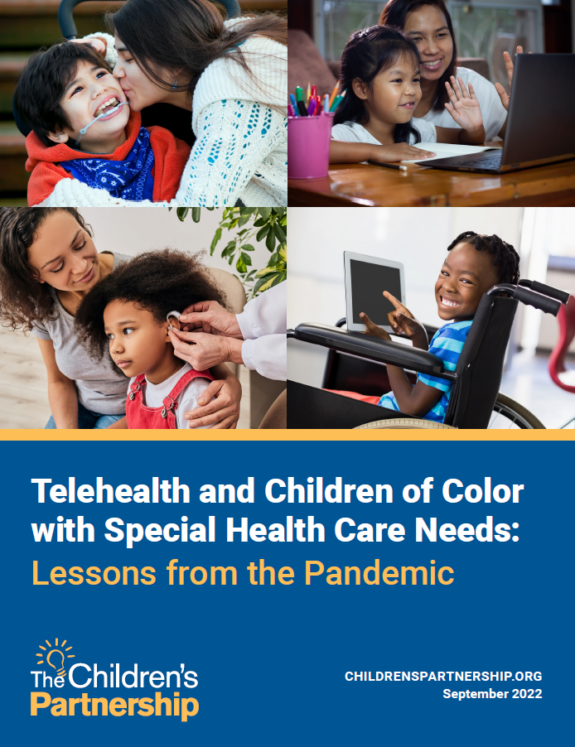As the relatively new Care Coordinator for the Kern County Medically Vulnerable Care Coordination Project (MVCCP), public health nurse Arthur Manalac has had to shift his focus from individual children and their families to the systems of care serving them.
“My background is one-on-one patient care,” said Arthur, who started his nursing career in acute care. “Switching to care coordination was a really different way of looking at things. Your ‘patient’ is not the individual, it’s the system. It took a couple of months to actually stick in my head, but then it clicked.”
Manalac spends much of his time analyzing children’s electronic health records and other data to troubleshoot systemic problems that may prevent kids from getting the health care and social services they need. The Care Coordination Project’s staff also has switched to using the Omaha system of charting to better document patient care and referrals to services, he said. Manalac had been working directly with families as a public health nurse for Kern County Public Health Services Department until he became the MVCCP lead Care Coordinator in mid-2013. His position is primarily funded with outside grants and supplemented by Federal Title XIX “drawdown” dollars.
After two years of research, development and piloting of case reviews, the Kern County Medically Vulnerable Care Coordination Project officially launched in 2010. Its mission is to coordinate services for vulnerable children from birth to age 5, who are at risk of costly, lifelong medical and developmental issues. Most of the children are low-income and are covered by Medi-Cal.
The project, directed by Marc Thibault, received a 2012 grant from the Lucile Packard Foundation for Children’s Health to replicate its model in other California counties. The project brings together more than 40 partner organizations to streamline care for 700 to 800 children. In the next two to three years, the project will report on whether its services improve health outcomes for these children – many of whom are born prematurely – and reduce costs.
One result so far: After learning that some infants served by the project had trouble getting medicine in a timely way for respiratory syncytial virus (RSV), a potentially life-threatening respiratory infection, a special Task Force was formed, developed a county-wide protocol and continues to meet during RSV season. Manalac and project staffers continue work with hospitals, clinics and an RSV treatment manufacturer to monitor cases and speed the children’s access to treatment.
Next month, the project will be launching a “Blue Ribbon” effort to identify the 10 children in its caseload with the most acute needs – not just medical, but socio-economic – to reduce preventable hospitalizations and emergency room visits. Manalac has developed a new referral form for services that addresses those factors, which can include poverty, lack of access to transportation, insurance status, language barriers and parenting skills.
Manalac is also working towards an advanced degree in health informatics – in part to better demonstrate that care coordination works, he said.
“I’m trying to help streamline systems of care,” he said, “and it takes a different way of thinking.”



